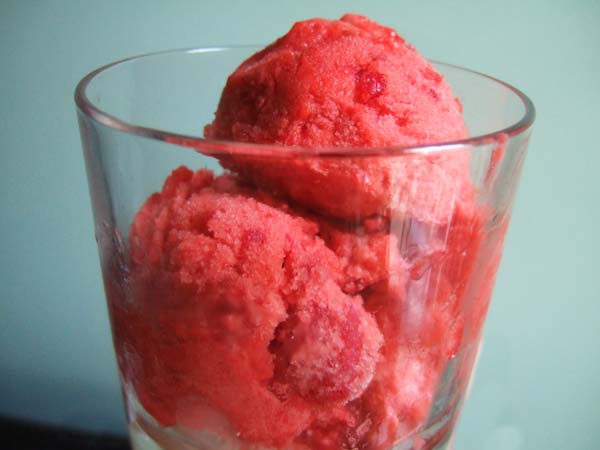Trying to decide what to serve your guests on the Fourth of July? How about a traditional, historic New England meal of green turtle soup, poached salmon with egg sauce, and apple pandowdy?
Recently, I had an article published in Edible Queens magazine that focused on this menu. Read on to find out what John and Abigail Adams have to do with the 1964 World’s Fair. Tomorrow, we’ll focus on recipes, so you too can prepare a delicious, historic meal this Independence Day.
***
A Revolutionary Menu
Historic Gastronomist Sarah Lohman recreates a centuries-old Independence Day feast.
Written By Sarah Lohman – Photographed by Everett Bogue and Sarah Lohman
Excerpt first published in Edible Queens Magazine, Summer 2010.
If you’ve ever driven down the Grand Central Parkway in Flushing, you’ve seen the rusted spires of alien architecture rising up on the horizon. In 1964, this corner of Queens was home to the New York World’s Fair: a teeming village of international pavilions and expos of invention. The Fair brought technology and modern living to the forefront, debuting the Ford Mustang while animatronic children chanted “It’s a Small World.” Nestled amongst this exuberant exploration of America’s future, there was an homage to its past.
The Festival/64 Restaurant was conceived by George Lang a decade before he took over his longtime role as owner of the Café des Artistes. Designed as a tribute to historic American cuisine, Lang lovingly describes the Festival/64 Restaurant in his autobiography Nobody Knows the Truffles I’ve Seen:
“There was a need for an American restaurant that would combine the richness and breadth of our heritage…(and) fuse it all into a contemporary American cuisine for contemporary American sensibilities. The opening menu was a bold and convincing answer to the ubiquitous questions I received whenever I mentioned to European journalists that we were opening a restaurant featuring American food: ‘You mean hot dogs, hamburgers, steak, and apple pie?’
The restaurant featured dishes inspired by early American specialties, but guests could also order full historic menus including “Dining with Jefferson at Monticello.” Lang’s interpretation featured a “…pan-fried young pheasant with cornmeal square and fresh peach chutney as its main course.”
I was inspired to recreate one of Lang’s menus; I thought that the Fourth of July, a holiday closely tied with American history, would be the perfect occasion. The New York Times covered the Fair’s glorious Independence Day celebrations, including what was on the menu: “At the Festival ’64 Restaurant in the Gas Pavilion, George Lang, the director of the restaurant, came up with a meal served by John and Abigail Adams at their home on July 4, 1776…The menu consisted of green turtle soup, New England poached salmon with egg sauce and apple pandowdy.”
Although this menu is attributed to the Adams, John and Abigail’s letters place them in different states on the first Independence Day, Pennsylvania and Massachusetts respectively.
For his restaurant, Lang seems to have relied heavily on one source for all his historic menus, The American Heritage Cookbook, which was published contemporaneously with the Fair. This volume is the first time this Fourth of July menu appears in print. The accompanying text explains that this meal was traditional New England fare, likely served by the neighbors of the Adams.
It seems there was a mistake in the menu’s provenance and to this day it is still attributed to the Adams. However, this meal does reflect what early Americans were eating in the summer months. In July, salmon would have been running on the shores and rivers of New England. Poached fish would have been served alongside early peas and new potatoes would have been gently unearthed and boiled in their skins.
***
Tomorrow, part two of the article, concerning my culinary adventures with turtle meat.
 This week: summer cocktails to help you beat the heat of the particularly sultry summer. Today, a refreshing glass of Roman Punch.
This week: summer cocktails to help you beat the heat of the particularly sultry summer. Today, a refreshing glass of Roman Punch.
































 I decided to start off the week with something appealing, and refreshing– I want to strike a balance between the horrors of Jell-O, and some ideas that might be innovative and delicious.
I decided to start off the week with something appealing, and refreshing– I want to strike a balance between the horrors of Jell-O, and some ideas that might be innovative and delicious.

